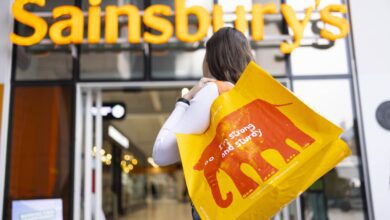How the ‘customer experience’ can improve inclusivity in-store

Next month, a number of British retailers including Asda, Marks and Spencer, Sainsbury’s, Barclays and Argos will be coming together in aid of ‘Purple Tuesday’ – the first accessible shopping day in the UK.







